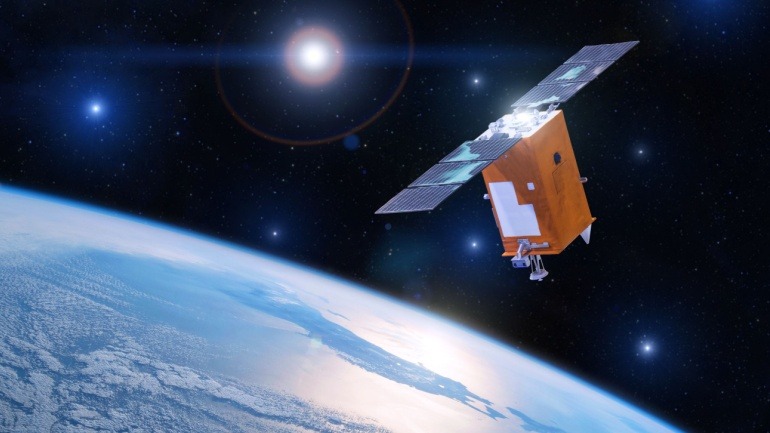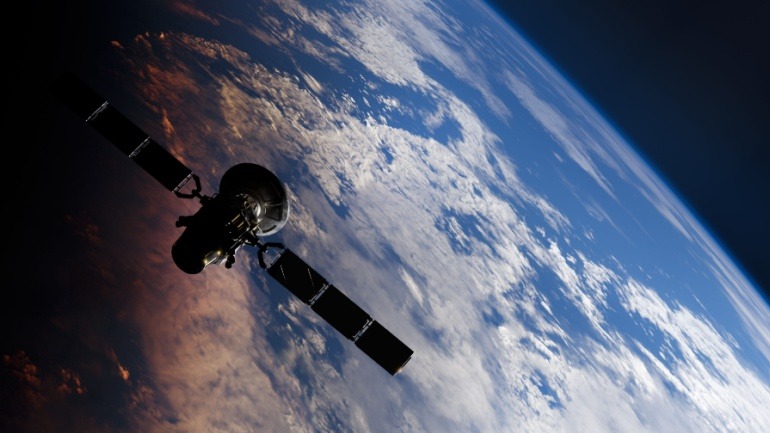EchoStar and MDA Space are joining forces to revolutionize the satellite industry with a low-Earth orbit satellite constellation. This monumental effort involves the design, manufacturing, and testing of over 100 direct-to-device satellites.
Orange has partnered with Eutelsat to enhance satellite connectivity for its enterprise and government clients. By integrating low earth orbit technology with its existing network, Orange aims to deliver more resilient and secure services in even the most remote regions.
Project Kuiper by Amazon is poised to revolutionize the broadband landscape with its Low Earth Orbit (LEO) satellite launch, directly challenging Starlink. With over 3,200 satellites and telecom partnerships, Kuiper promises high-speed, low-latency internet worldwide. This development is a significant contender in the growing LEO broadband market.
Orange has partnered with Telesat to provide satellite-based connectivity via the Lightspeed LEO network. As part of the deal, Orange will host a Telesat landing station in France, enhancing global connectivity. With 14 planned SpaceX launches, the network will deliver high-speed services, expanding Orange’s satellite capabilities across Europe, Africa, and beyond.
SatCo, a collaboration between Vodafone and AST SpaceMobile, is set to revolutionize telecommunications by delivering space-based cellular broadband across Europe. This initiative ensures continuous connectivity, even in remote areas, enhancing digital sovereignty.
Eutelsat Group, MediaTek, and Airbus Defence and Space have successfully trialed 5G Non-Terrestrial Networks (NTN) using low Earth orbit (LEO) satellites. This milestone paves the way for seamless satellite and terrestrial network integration, expanding global 5G accessibility.
Air France has teamed up with Starlink, a subsidiary of SpaceX, to offer high-speed VoIP-enabled WiFi onboard its fleet by 2025. This new technology aims to provide passengers with seamless connectivity, allowing multiple devices to connect simultaneously.
Starlink has expanded its satellite backhaul services to over 100 rural base stations of Africa Mobile Networks in Nigeria, enhancing connectivity in remote areas. Since their 2023 agreement, traffic surged 45% across connected sites. Leveraging Low Earth Orbit (LEO) satellites, AMN effectively boosts base station capacity, transforming local communities with improved mobile access.
Filtronic, a UK-based manufacturer of RF, microwave, and mmWave components, projects substantial growth in both revenue and earnings for its recently concluded financial year, driven by its involvement in the low-Earth orbit (LEO) satellite market and sales to Elon Musk’s SpaceX. The company forecasts an EBITDA of £4.8 million for the year ending May, marking a notable increase from the £1.3 million recorded in fiscal 2023.
Amazon’s Project Kuiper has entered into an agreement to offer low Earth orbit (LEO) satellite services across seven Latin American countries. This distribution deal with Vrio, the parent company of DirecTV Latin America and Sky Brasil, will see high-speed Internet services provided to Argentina, Brazil, Chile, Uruguay, Peru, Ecuador, and Colombia.













